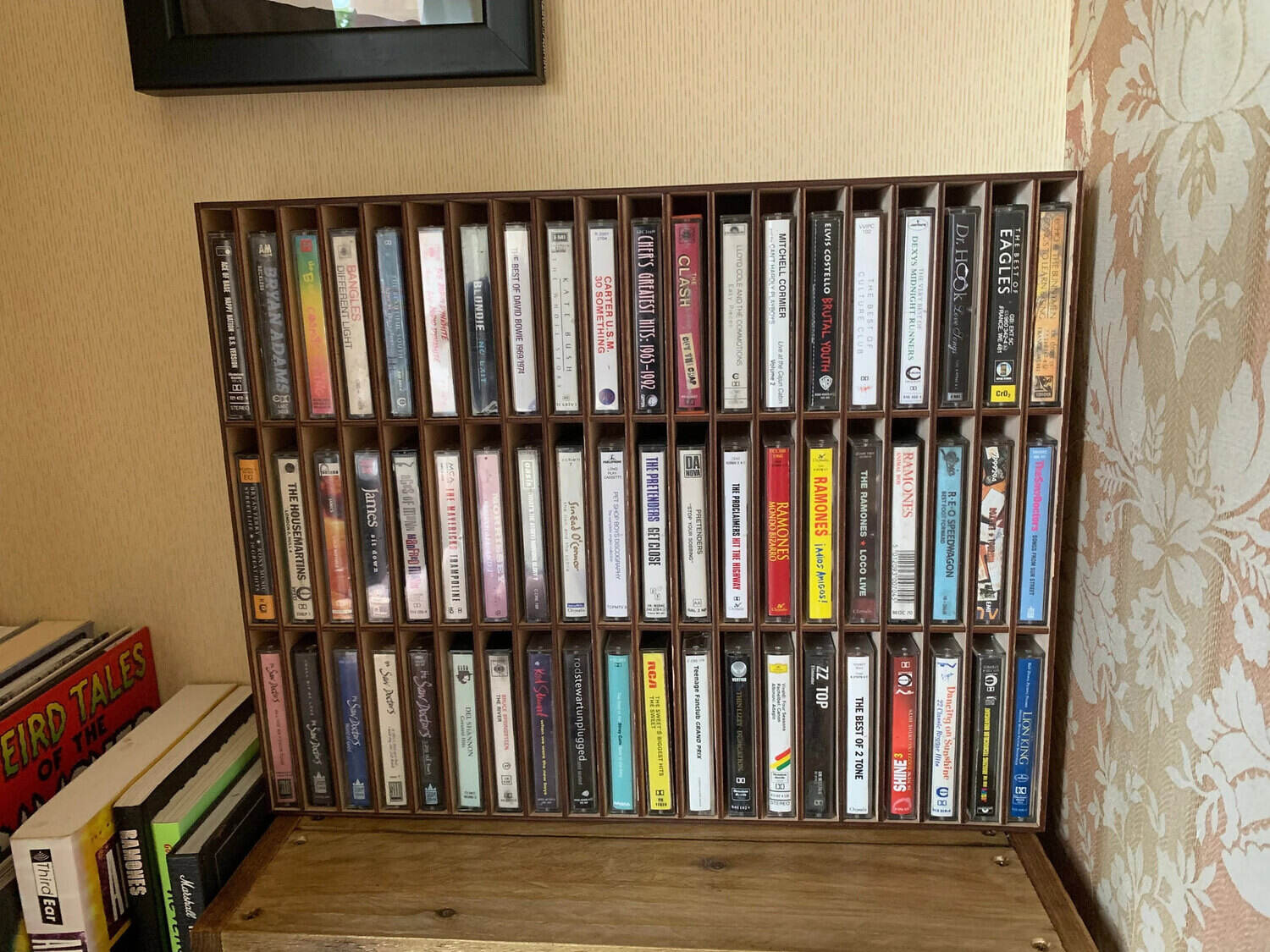

Articles
How To Store Cassette Tapes
Modified: January 20, 2024
Learn how to properly store and preserve your cassette tapes with these informative articles. Discover essential tips and techniques to ensure your valuable music collection remains in top condition.
(Many of the links in this article redirect to a specific reviewed product. Your purchase of these products through affiliate links helps to generate commission for Storables.com, at no extra cost. Learn more)
Introduction
When it comes to preserving precious memories and enjoying vintage music, cassette tapes are a beloved and nostalgic medium. However, improper storage can cause irreversible damage to these fragile relics, leading to loss of audio quality and even rendering them unplayable. That’s why it’s essential to learn how to properly store cassette tapes to ensure their long-term preservation.
In this article, we will explore the benefits of properly storing cassette tapes and provide you with a comprehensive guide on how to protect and maintain these valuable pieces of audio history.
Proper storage not only helps preserve the sound quality of cassette tapes but also safeguards the sentimental value associated with them. Whether you have a collection of vintage recordings, beloved mixtapes, or even personal recordings, following the right storage practices will help ensure that they remain in excellent condition for years to come.
In the following sections, we will delve into the various aspects of cassette tape storage, including preparing the tapes for storage, choosing the right storage location, properly handling the tapes, organizing and labeling, using storage containers, and maintaining the ideal storage conditions.
Additionally, we will discuss the difference between storing cassette tapes in a climate-controlled environment versus a non-climate-controlled one. We will also address considerations for both short-term and long-term storage, providing you with practical tips to keep your collection intact and playable.
So, let’s dive into the world of cassette tape storage and ensure that your precious memories and favorite tunes remain intact for future generations to enjoy.
Key Takeaways:
- Properly storing cassette tapes is crucial for preserving their audio quality, longevity, and sentimental value. From preparing and organizing to maintaining ideal storage conditions, following the right techniques ensures your cherished collection remains protected and ready for playback for years to come.
- Whether for long-term or short-term storage, implementing appropriate strategies and maintenance practices will safeguard your cassette tapes and allow you to enjoy them for years to come. Remember, proper storage not only preserves the audio quality but also safeguards the sentimental value of your favorite recordings and treasured memories.
Read more: How To Make Cassette Tape Centerpieces
Benefits of Properly Storing Cassette Tapes
Properly storing your cassette tapes offers numerous benefits, ensuring their longevity and allowing you to enjoy them for years to come. Here are some key advantages of taking the time to store your cassette tapes correctly:
Preserving Sound Quality: One of the most significant benefits of proper storage is preserving the sound quality of your cassette tapes. When tapes are exposed to harsh elements, such as extreme temperatures or humidity, the tape material can degrade, resulting in a loss of audio fidelity. By storing your tapes properly, you can help maintain the original sound quality and ensure that your favorite recordings sound as good as they did when you first played them.
Preventing Physical Damage: Storing cassettes in a safe and controlled environment helps protect them from physical damage. Exposure to dust, dirt, moisture, and sunlight can cause tapes to warp, become sticky, or break. By storing them properly, you can reduce the risk of these issues and maintain the structural integrity of the tapes.
Prolonging Lifespan: Proper storage practices can significantly extend the lifespan of your cassette tapes. With the right conditions and handling, you can prevent deterioration and ensure that your tapes remain playable for many years, allowing you to enjoy your favorite music or reminisce over recordings from decades past.
Maintaining Value: For collectors, storing cassette tapes properly helps maintain their value. Vintage tapes, rare recordings, and limited editions can appreciate in value over time. By preserving their condition, you increase the likelihood of retaining their monetary and sentimental worth.
Easy Accessibility: Organizing and storing your cassette tape collection properly can make it easier to locate and access specific tapes when you want to listen to them. By labeling and categorizing your tapes, you can quickly find what you’re looking for without having to dig through a disorganized pile.
Sentimental Value: Cassette tapes often hold sentimental value, whether they are mixtapes from a loved one or recordings of special moments in your life. By properly storing and preserving them, you can ensure that these cherished memories are protected and can be revisited whenever you desire.
By understanding the benefits of properly storing your cassette tapes, you can take the necessary steps to protect your collection and enjoy them for years to come. In the next sections, we will discuss the various steps and considerations involved in storing cassette tapes correctly, ensuring their longevity and maintaining their audio quality.
Preparing Cassette Tapes for Storage
Before storing your cassette tapes, it’s essential to take a few necessary steps to ensure they are in optimal condition. These preparations will help protect the tapes from damage and ensure that they remain playable when you retrieve them in the future. Here are some key steps to follow when preparing your cassette tapes for storage:
Clean the Tapes: Start by cleaning the tape heads and the cassette shell to remove any dust, dirt, or debris. Use a soft, lint-free cloth or a cassette head cleaner to gently wipe the tape heads. For the cassette shell, use a mild cleaning solution and a soft cloth to clean the exterior. Allow the tapes to dry completely before proceeding.
Check for Damage: Inspect each cassette tape for any damage or signs of deterioration. Look for cracked or broken cassette shells, loose or tangled tape, or sticky residue. If you notice any issues, consider transferring the audio to a digital format or seeking professional assistance to repair or salvage the tapes.
Fast Forward and Rewind: Before storing the tapes, fast forward them to the end, and then rewind them to the beginning. This will help minimize tension on the tape and ensure that it’s evenly wound when stored.
Remove Excess Slack: If you notice any excessive slack or loose tape, gently wind it back into the cassette using a pencil or a cassette tape rewinder. This will prevent the tape from becoming tangled or damaged during storage.
Replace Damaged Cases: If you come across cassette tapes with cracked or damaged cases, it’s advisable to replace them with new ones. The cases provide additional protection and help prevent the tape from being exposed to external elements.
Label Each Tape: Take the time to label each cassette tape with relevant information such as the title, artist, date, or any other details that will help you identify the contents of the tape. Use a waterproof and acid-free marker or label to prevent smudging or deterioration over time.
Make a Backup: If the content of your cassette tapes is particularly valuable or sentimental, consider making a digital backup of the audio. This will provide an additional layer of protection and ensure that you can still enjoy the recordings even if the original tapes become damaged.
By following these steps to prepare your cassette tapes for storage, you can help maintain their condition and ensure their longevity. In the next section, we will explore the importance of selecting the right storage location for your tapes.
Choosing the Right Storage Location
When it comes to storing your cassette tapes, selecting the right storage location is crucial. The environment in which the tapes are stored can significantly impact their condition and longevity. Here are some factors to consider when choosing the ideal storage location for your cassette tapes:
Temperature and Humidity: Maintain a stable temperature and humidity level in the storage area. Extreme temperatures can cause the tapes to warp or deteriorate, while high humidity can lead to mold growth and sticky tape. Aim for a temperature between 65-70 degrees Fahrenheit (18-21 degrees Celsius) and a relative humidity of 40-50%.
Avoid Direct Sunlight: Keep your cassette tapes away from direct sunlight or any other sources of UV radiation. Sunlight can cause the tape materials to deteriorate, leading to loss of audio quality and damage to the cassette shells.
Stable and Level Surface: Choose a storage location with a stable and level surface to prevent tapes from falling or being knocked over. Ensure that the shelves or storage containers are sturdy and can support the weight of your tapes without bending or collapsing.
Protection from Dust and Dirt: Avoid storing your cassette tapes in areas prone to dust, dirt, or debris. Dust particles can settle on the tape heads and affect the playback quality. Choose a storage location where you can minimize dust exposure, such as a closed cabinet or airtight container.
Avoid Extreme Moisture: Steer clear of storing your tapes in areas that are excessively damp or prone to moisture, such as basements or bathrooms. Moisture can promote mold growth and damage the tapes’ shells and tape material. Ensure that the storage location is dry and well-ventilated.
Protection from Magnetic Fields: Keep your cassette tapes away from any strong magnetic fields, such as speakers or electronics with powerful magnets. These magnetic fields can interfere with the magnetic recording on the tapes, resulting in distortion or loss of audio quality.
Consider Security: If your cassette tape collection is valuable or has sentimental significance, consider storing them in a secure location. This can include lockable cabinets, safes, or dedicated storage units. It’s important to protect your tapes from theft or accidental damage.
Accessibility: While it’s important to prioritize the safety and protection of your cassette tapes, it’s also crucial to ensure easy accessibility. Choose a storage location that allows you to easily retrieve and handle the tapes without risking damage. Consider organizing them in a way that makes it simple to find specific tapes when desired.
By taking these factors into account when selecting the right storage location, you can create an environment that minimizes the risk of damage and ensures the long-term preservation of your cassette tape collection. In the next section, we will explore the proper handling techniques for cassette tapes to further safeguard their condition.
Properly Handling Cassette Tapes
When it comes to cassette tape storage, proper handling techniques are essential to prevent damage and maintain the longevity of your tapes. Mishandling can lead to warped tapes, broken cassette shells, or tangled tape, rendering them unplayable. Here are some important tips for properly handling cassette tapes:
Handle with Clean Hands: Before handling cassette tapes, make sure your hands are clean and free from any oils, lotions, or dirt. These substances can transfer onto the tapes and cause damage, affecting the playback quality.
Avoid Touching the Tape: When handling cassette tapes, try to avoid touching the exposed tape itself. Hold the tapes by their edges or use the cassette shell as a handle. Touching the tape directly can leave fingerprints or transfer oils, which can impact the tape’s performance.
Avoid Extreme Temperatures: Handle cassette tapes carefully and avoid exposing them to extreme temperatures. Extreme heat can soften the cassette shell or cause the tape to become sticky, while extreme cold can make the tape brittle or prone to breakage.
Insert and Eject Tapes Smoothly: When inserting or ejecting cassette tapes from a player or storage case, do so gently and smoothly. Avoid forcing the cassette into the player or yanking it out abruptly, as this can cause damage to the cassette shell or the tape mechanism.
Avoid Excessive Fast Forward or Rewind: Limit the amount of fast forwarding or rewinding you do while playing cassette tapes. Excessive rewinding or fast forwarding can put strain on the tape and lead to warping or tape breakage. It’s best to listen to the tape in its entirety or use the player’s track skip function if needed.
Store Upright and Aligned: When not in use, store cassette tapes in an upright position. This prevents the tape from becoming misaligned or tangled within the cassette shell.
Avoid Magnets: Keep cassette tapes away from any strong magnets, as they can interfere with the magnetic recording on the tapes and cause audio distortion or loss of quality.
Protect from Moisture: Avoid exposing cassette tapes to moisture or humid environments. If a tape accidentally gets wet, remove it from the cassette player immediately, gently dry it with a soft cloth, and allow it to fully air dry before attempting to play it.
Store in Protective Cases: When not in use, store cassette tapes in their protective cases or sleeves. These cases provide an added layer of protection against dust, dirt, and physical damage.
Avoid Stacking: Try not to stack cassette tapes on top of each other, as this can put pressure on the lower tapes and cause warping or breakage. If you need to store multiple tapes together, place them side by side.
By following these proper handling techniques, you can reduce the risk of damage to your cassette tapes and ensure their longevity. Next, we will discuss the importance of organizing and labeling your cassette tapes for easy retrieval and maintenance.
Read also: 12 Best Cassette Tape Storage For 2025
Organizing and Labeling Cassette Tapes
Organizing and labeling your cassette tapes is essential for easy retrieval, maintenance, and overall enjoyment of your collection. Whether you have a small selection or a vast assortment of tapes, following proper organization techniques will save you time and frustration. Here are some tips for effectively organizing and labeling your cassette tapes:
Categorize by Genre, Artist, or Theme: Consider organizing your cassette tapes by genre, artist, or theme. This will help you locate specific tapes easily and create a cohesive organization system. For example, you can separate your tapes into categories such as rock, pop, jazz, or by specific artists or bands.
Use Storage Containers or Shelving: Invest in storage containers or shelving specifically designed for cassette tapes. These containers will help protect your tapes from dust and damage while keeping them organized and easily accessible. Alternatively, you can use a dedicated shelf or cabinet to store your tapes.
Create a Catalog or Inventory: Incorporate a catalog or inventory system to keep track of your cassette tape collection. This can be as simple as a spreadsheet or a specialized software that allows you to input details such as title, artist, release date, and any other relevant information. This catalog will serve as a quick reference for finding specific tapes.
Label Each Tape: Labeling each cassette tape is crucial for quick identification. Use a waterproof and acid-free marker or label stickers to write the title, artist, and any other relevant information on the cassette shell. Make sure the labels are clear and legible to avoid confusion when searching for a particular tape.
Consider Color-Coding: To enhance organization, you can color-code your cassette tapes. Assign a specific color to each genre, artist, or theme, and use colored markers or colored tape to mark the cassette shells or labels accordingly. This visual cue will make it easier to locate tapes at a glance.
Numerical or Alphabetical Order: Another effective way to organize your cassette tapes is by assigning numerical or alphabetical order. Number the tapes or use letters to represent different categories or artists. This method works well if you have a large collection, as it provides a systematic way to locate tapes quickly.
Provide Additional Information: In addition to the title and artist, you can include other relevant information on your cassette tape labels. This may include the release year, your personal rating, or specific tracks featured on the tape. The more details you add, the easier it will be to navigate your collection.
Regularly Update and Maintain: As you add new tapes to your collection, make sure to update your organization system and labels accordingly. Regularly review and maintain your inventory, ensuring that tapes are placed back in their proper location after use.
By implementing effective organization and labeling techniques, you can create an efficient and user-friendly system for your cassette tape collection. This will allow you to locate and enjoy your favorite tapes with ease. Next, we will explore the use of storage containers for proper cassette tape storage.
Using Storage Containers
Using storage containers specifically designed for cassette tapes is a practical and effective way to protect and organize your collection. These containers provide an added layer of security and help maintain the longevity of your tapes. Here are some tips for using storage containers for your cassette tapes:
Select Appropriate Containers: Choose storage containers that are specifically designed for cassette tapes. Look for containers with individual compartments or slots to securely hold each tape. Clear plastic containers with lids are ideal, as they allow you to easily see and access your tapes while keeping them protected.
Ensure Adequate Protection: The storage containers should provide adequate protection from dust, dirt, and other external elements. Make sure the containers are sturdy enough to prevent warping or damage to the tapes, and that they have a secure lid to keep out dust and moisture.
Consider Stackable Containers: Stackable storage containers are a convenient option to maximize space and organization. Look for containers that have a flat and reinforced bottom to provide stability when stacked. This will allow you to efficiently store and access your cassette tapes while minimizing clutter.
Create Divisions or Sections: If your cassette tape collection is large, consider creating divisions or sections within the storage containers. You can use cardboard dividers or plastic separators to divide the tapes based on genre, artist, or any other preferred categorization. This will help you quickly locate specific tapes when searching.
Label the Containers: To further enhance organization, label each storage container with the category or theme it holds. Use clear and legible labels or removable stickers to indicate the contents of each container. This will save you time and effort when looking for a particular genre or artist.
Keep Containers in a Controlled Environment: Store the storage containers in a controlled environment that meets the optimal temperature and humidity conditions for cassette tape preservation. Avoid areas with extreme temperature fluctuations or high humidity levels, as these conditions can damage the tapes over time.
Take Precautions When Transporting: If you need to transport your cassette tape collection, handle the storage containers with care. Avoid dropping or mishandling the containers to prevent any damage to the tapes. If possible, use padded carrying cases or wrap the containers in protective material for added protection.
Regularly Maintain and Clean: Regularly inspect and clean the storage containers to ensure they remain in good condition. Remove any dust or debris that may have accumulated inside the containers. Wipe down the containers with a soft, dry cloth to keep them clean and dust-free.
Using storage containers designed specifically for cassette tapes offers a practical and efficient way to store and protect your collection. These containers not only keep your tapes organized but also safeguard them from damage. In the next sections, we will discuss the importance of maintaining ideal storage conditions and cleaning your cassette tapes.
Store cassette tapes vertically to prevent warping and distortion. Keep them in a cool, dry place away from direct sunlight and magnetic fields to preserve their quality.
Maintaining Ideal Storage Conditions
Maintaining ideal storage conditions is crucial for the long-term preservation of your cassette tapes. The environment in which your tapes are stored can greatly impact their condition and overall lifespan. Here are some key factors to consider when maintaining the ideal storage conditions for your cassette tapes:
Temperature: It’s important to store your cassette tapes in a stable and moderate temperature environment. Extreme temperatures, both hot and cold, can cause irreversible damage to the tapes. Aim for a temperature range of 65-70 degrees Fahrenheit (18-21 degrees Celsius) to ensure optimal longevity.
Humidity: High humidity levels can encourage mold growth and accelerate the deterioration of cassette tapes. Maintain a relative humidity level of 40-50% in the storage area to prevent moisture-related issues. Avoid storing tapes in areas that are excessively damp or prone to humidity, such as basements or bathrooms.
Light Exposure: Direct sunlight and artificial light sources can pose a threat to cassette tapes. UV radiation from sunlight can cause the tape materials to deteriorate over time. Store your tapes in a dark or low-light environment, away from direct sunlight and strong artificial lighting. If possible, use opaque storage containers or cover the tapes with an opaque material to provide additional protection.
Dust and Dirt: Dust and dirt can accumulate on cassette tapes and affect their playback quality. Choose a storage location that minimizes the exposure to dust and dirt, such as a closed cabinet or airtight container. Regularly dust the storage area and wipe down the containers to keep them clean and free from debris.
Avoid Magnetic Fields: Strong magnetic fields can interfere with the magnetic recording on cassette tapes, leading to audio distortion or loss of quality. Keep your tapes away from speakers, electronics with powerful magnets, or other sources of magnetic fields to prevent any potential damage.
Ventilation: Adequate ventilation is essential to prevent the buildup of moisture and maintain a stable environment for your cassette tapes. Ensure the storage area has proper air circulation to minimize the risk of condensation or excessive humidity. Avoid storing tapes in airtight containers without any ventilation.
Security: Consider the security of the storage area for your cassette tapes. Protect them from theft, damage, or unauthorized access by storing them in a secure location such as a locked cabinet or a dedicated storage unit. This will provide peace of mind and safeguard your valuable collection.
Regular Monitoring: Regularly monitor the storage conditions of your cassette tapes. Periodically check the temperature and humidity levels to ensure they remain within the recommended range. Inspect the storage area for any signs of mold, moisture, or other potential issues that could affect the tapes.
By maintaining these ideal storage conditions, you can significantly prolong the lifespan of your cassette tapes and ensure their optimal playback quality. In the next section, we will discuss the importance of cleaning and maintaining your cassette tapes on a regular basis.
Cleaning and Maintaining Cassette Tapes
Regular cleaning and maintenance of your cassette tapes is essential to ensure their continued performance and longevity. Over time, tapes can accumulate dust, dirt, and debris, which can affect their playback quality. Here are some important tips for cleaning and maintaining your cassette tapes:
Clean Before and After Use: Before playing a cassette tape, inspect it for any visible dust or debris. Use a gentle, lint-free cloth or a cassette head cleaner to carefully wipe the tape heads and clean the cassette shell. After playing, repeat the cleaning process to remove any residue or fingerprints that may have accumulated during use.
Avoid Liquid Cleaners: When cleaning cassette tapes, avoid using liquid cleaners, as they can damage the tape and the cassette shell. Instead, use a soft, dry cloth or a cassette head cleaner specifically designed for this purpose. Apply gentle pressure and wipe the tape heads and shell in a smooth, even motion.
Handle the Tapes with Care: When inserting or removing cassette tapes from the player, handle them with care. Avoid touching the exposed tape and hold the tape by its edges or use the cassette shell as a handle. Mishandling or dropping tapes can lead to warping, tangled tape, or damage to the cassette shell.
Store Tapes in Protective Cases: When not in use, store your cassette tapes in their respective protective cases. The cases provide an additional layer of protection from dust, dirt, and physical damage. Avoid leaving tapes exposed to the environment, as this can lead to accelerated deterioration and loss of audio quality.
Regularly Inspect Tapes: Regularly inspect your cassette tapes for any signs of damage or deterioration. Look for cracked or broken cassette shells, loose or tangled tape, or sticky residue. If you notice any issues, consider transferring the audio to a digital format or seeking professional assistance to repair or salvage the tapes.
Avoid Extreme Temperatures: Extreme temperatures can cause irreversible damage to cassette tapes. Avoid exposing tapes to high heat or cold environments, as this can warp the tape, damage the cassette shell, or degrade the magnetic recording. Store tapes in a temperature-controlled area to maintain their optimum condition.
Keep Tapes Upright: When storing cassette tapes, keep them in an upright position to prevent warping or misalignment within the cassette shell. This ensures that the tape winds evenly and avoids any issues during playback.
Periodically Rotate Tapes: If you have a large cassette tape collection, consider periodically rotating the tapes you use. This helps evenly distribute the wear and prevents one tape from being exposed to repeated use and potential degradation.
Make Digital Backups: Consider making digital backups of your cassette tapes to ensure their preservation. This provides an additional layer of protection in case the original tapes become damaged or degrade over time. Use a cassette-to-digital converter or seek professional assistance to transfer the audio to a digital format.
Handle and Store Magnetic Media Separately: Avoid storing cassette tapes near other magnetic media, such as hard drives or floppy disks. The magnets in other devices can interfere with the magnetic recording on the tapes, affecting their audio quality or even erasing the recorded content.
By following these cleaning and maintenance tips, you can ensure that your cassette tapes remain in optimal condition, preserving their audio quality and extending their lifespan. In the next sections, we will discuss the considerations for storing cassette tapes in both climate-controlled and non-climate-controlled environments.
Read more: How To Store Rolls Of Tape
Storing Cassette Tapes in a Climate-Controlled Environment
Storing your cassette tapes in a climate-controlled environment is highly recommended for optimal preservation. Climate control helps maintain stable temperature and humidity levels, minimizing the risk of damage to your tapes. Here are some key considerations for storing cassette tapes in a climate-controlled environment:
Temperature Control: A climate-controlled room or storage area allows you to maintain a consistent temperature, typically between 65-70 degrees Fahrenheit (18-21 degrees Celsius). Extreme temperatures can cause the tape to warp, the cassette shells to crack, or accelerate the degradation of the magnetic recording.
Humidity Control: Controlling the relative humidity in the storage area is crucial to prevent mold growth, tape sticking, and other moisture-related issues. Aim for a relative humidity level between 40-50%. High humidity can lead to the deterioration of tape materials and affect the audio quality.
Avoid Temperature Fluctuations: Rapid or frequent changes in temperature can be detrimental to cassette tapes. These fluctuations can cause the materials to expand and contract, leading to warping, tape breakage, or loss of audio fidelity. Maintaining a stable temperature in a climate-controlled environment helps prevent these temperature swings.
Protect from Sunlight: In a climate-controlled environment, ensure that your cassette tapes are protected from direct sunlight or any other sources of UV radiation. Sunlight can cause the tapes to deteriorate over time, resulting in loss of audio quality and damage to the cassette shells. Store the tapes in a dark or low-light area.
Consider Light Shielding: If you’re unable to completely eliminate or control the light exposure in the storage area, consider using light-shielding methods. Use opaque storage containers or cover the tapes with an opaque material to block out any potential light sources that could damage the tapes.
Ventilation: Climate-controlled environments usually have controlled ventilation systems to maintain a stable environment. Proper ventilation helps regulate humidity levels and prevents the buildup of moisture. Ensure that the storage area has adequate ventilation to prevent the growth of mold or mildew.
Regular Monitoring: Despite being in a climate-controlled environment, it’s important to regularly monitor the conditions to ensure they remain within the desired range. Use temperature and humidity monitors to regularly check the levels and adjust if necessary. Regular monitoring allows for prompt action in case of any changes or fluctuations.
Security and Access Control: In a climate-controlled environment, ensure that the storage area is secure and access is limited to authorized individuals. Implement security measures such as locked doors, surveillance systems, or key card access to protect your valuable cassette tape collection from theft or damage.
Storing cassette tapes in a climate-controlled environment provides optimal conditions to minimize the risk of damage, deterioration, and loss of audio quality. It ensures that your tapes remain in the best possible condition for long-term preservation. In the next section, we will discuss the considerations for storing cassette tapes in a non-climate-controlled environment.
Storing Cassette Tapes in a Non-Climate-Controlled Environment
While storing cassette tapes in a climate-controlled environment is ideal, it’s understandable that not everyone has access to such storage options. If you need to store your cassette tapes in a non-climate-controlled environment, there are still measures you can take to minimize the risk of damage and prolong their lifespan. Here are some considerations for storing cassette tapes in a non-climate-controlled environment:
Choose the Best Possible Location: Select the coolest and driest area available within the non-climate-controlled environment to store your cassette tapes. Avoid areas prone to extreme temperatures, high humidity, direct sunlight, or areas with significant fluctuations in temperature and humidity.
Avoid Attics, Basements, and Garages: If possible, avoid storing your cassette tapes in attics, basements, garages, or any area that is more susceptible to temperature and humidity fluctuations. These areas typically experience higher levels of moisture and temperature extremes, which can cause irreparable damage to your tapes.
Use Insulating Materials: To minimize the impact of fluctuating temperatures, consider using insulating materials to protect your cassette tapes. Keep the tapes in a sealed container or wrap them in a thick cloth or insulating material to create a barrier against environmental changes.
Limit Exposure to Direct Sunlight: Protect your cassette tapes from direct sunlight, as UV radiation can cause the tapes to degrade over time. Store them in a shaded area or cover them with an opaque material, such as a towel or cloth, to shield them from sunlight.
Utilize Desiccants: Desiccants, such as silica gel packets, can help absorb excess moisture and prevent mold growth in non-climate-controlled environments. Place desiccant packets near your cassette tapes to help maintain a drier environment within the storage area.
Regularly Check on the Storage Area: Make it a habit to regularly inspect the storage area for signs of damage, such as water leaks, pest infestations, or fluctuations in temperature and humidity. Detecting any issues early on will allow you to take appropriate action and protect your cassette tapes from potential damage.
Consider Using Storage Boxes: If the storage area is prone to dust and dirt, consider storing your cassette tapes in storage boxes or plastic containers. Choose airtight containers to minimize dust exposure and seal them properly to prevent moisture from entering.
Rotate the Tapes: Periodically rotate the tapes within the storage area to ensure even exposure to the environment. This helps distribute any potential damage caused by temperature or humidity fluctuations more evenly among the tapes in your collection.
Transfer to Digital Format: If your cassette tapes hold significant sentimental or historical value, consider transferring the audio to a digital format as a backup. This way, even if the tapes deteriorate over time, you will still have a digital copy that can be preserved and enjoyed.
Monitor Conditions Regularly: Keep an eye on the temperature and humidity levels within the storage area. Use a thermometer and hygrometer to monitor any fluctuations that could potentially impact the condition of your cassette tapes.
While storing cassette tapes in a non-climate-controlled environment presents challenges, taking these precautions will help mitigate potential damage and preserve the integrity of your collection. Monitoring and being proactive in maintaining the best possible conditions will go a long way in prolonging the lifespan of your cassette tapes. In the next sections, we will discuss considerations for both short-term and long-term storage of cassette tapes.
Storing Cassette Tapes for Long-Term or Short-Term Storage
Whether you need to store cassette tapes for the long-term or short-term, it’s important to take appropriate measures to ensure their preservation. The duration of storage may impact the strategies you employ to protect your tapes. Here are some considerations for storing cassette tapes for both long-term and short-term durations:
Long-Term Storage:
Choose the Ideal Environment: Opt for a climate-controlled storage environment for long-term storage whenever possible. This ensures stable temperature and humidity levels, minimizing the risk of damage and deterioration to your cassette tapes over an extended period.
Use Archival-Quality Storage Materials: Invest in archival-quality storage materials, such as acid-free storage boxes or sleeves, to preserve the integrity of your cassette tapes. These materials are designed to minimize chemical reactions and prevent deterioration over time.
Regularly Inspect and Maintain: Make it a habit to regularly inspect your cassette tapes for any signs of damage or degradation, even during long-term storage. Clean the tapes periodically and ensure that they are stored upright, free from excessive dust or debris. Replace damaged or deteriorated cassette shells or labels as needed.
Create a Backup: Consider making digital backups of your cassette tapes for long-term storage. Transferring the audio to a digital format provides an additional layer of protection and ensures that you have a backup in case the original tapes deteriorate or become unplayable.
Short-Term Storage:
Choose a Clean and Dry Environment: Select a clean and dry location for short-term storage of cassette tapes. Ensure that the area is free from excessive moisture, dust, and heat sources that could potentially damage the tapes. If possible, keep them in a climate-controlled area, even for a short duration.
Store in Protective Cases: Use the original cassette cases or invest in protective cases to shield your tapes from dust and physical damage during short-term storage. This helps maintain the condition of the tapes and prevents any accidental mishandling.
Handle with Care: Even for short-term storage, handle cassette tapes with care. Avoid touching the tape itself and hold the tapes by their edges or the cassette shell to prevent any potential damage or transfer of oils from your hands.
Keep in an Organized Manner: Organize your cassette tapes in a way that allows for easy access and retrieval during short-term storage. Categorize them by genre, artist, or any other relevant system to make finding specific tapes convenient and straightforward.
Protect from Direct Sunlight: Whether for short-term or long-term storage, always protect your cassette tapes from direct sunlight. Exposure to UV radiation can cause damage to the tapes and degrade their audio quality. Keep them stored in a dark or low-light area.
Monitor the Storage Area: Keep an eye on the storage area during short-term storage to ensure that there are no sudden changes in temperature, humidity, or other environmental factors that could impact the tapes. Regular monitoring allows you to address any issues promptly and avoid potential damage.
By following these considerations for long-term or short-term cassette tape storage, you can ensure the preservation of your collection. Whether you’re storing them for months or years, the right precautions and maintenance practices will safeguard your tapes and allow you to enjoy them for years to come.
Now that you have a complete guide on how to properly store cassette tapes, you can confidently protect and preserve your prized collection. By implementing the right techniques and maintaining an organized and controlled storage environment, you can ensure that your cassette tapes remain in excellent condition for both current and future enjoyment.
Conclusion
Properly storing cassette tapes is essential for preserving their audio quality, longevity, and sentimental value. By following the guidelines outlined in this article, you can ensure that your cherished cassette tape collection remains protected and ready for playback for years to come. Here are some key takeaways to remember:
Firstly, preparing your cassette tapes for storage by cleaning them, checking for damage, and organizing and labeling them will help maintain their condition and ensure easy access.
Choosing the right storage location is crucial. If possible, opt for a climate-controlled environment with stable temperature and humidity levels. However, if a climate-controlled space is not available, take measures to protect your tapes in a non-climate-controlled area, such as selecting the coolest and driest location.
Organizing and labeling your cassette tapes enable easy retrieval, while using storage containers provides added protection from dust, dirt, and physical damage. Color-coding or categorizing your tapes can further enhance organization.
Maintaining ideal storage conditions, be it in a climate-controlled or non-climate-controlled environment, minimizes the risk of damage. Monitoring the temperature, humidity, and security of the storage area is essential for long-term preservation.
Regular cleaning and maintenance, including inspecting tapes for damage, avoiding excessive fast forward or rewind, and handling the tapes with care, will help prolong their lifespan and ensure high-quality playback.
Whether you are storing your cassette tapes for the long-term or short-term, implement appropriate strategies. For long-term storage, consider archival-quality storage materials and creating digital backups. For short-term storage, prioritize a clean and organized environment, and handle the tapes with care.
By incorporating these practices into your cassette tape storage routine, you can cherish and enjoy your collection for years to come. Remember, proper storage not only preserves the audio quality but also safeguards the sentimental value of your favorite recordings and treasured memories. So, embark on your cassette tape storage journey and ensure that these nostalgic relics are well-kept and ready to transport you back in time at a moment’s notice!
Frequently Asked Questions about How To Store Cassette Tapes
Was this page helpful?
At Storables.com, we guarantee accurate and reliable information. Our content, validated by Expert Board Contributors, is crafted following stringent Editorial Policies. We're committed to providing you with well-researched, expert-backed insights for all your informational needs.

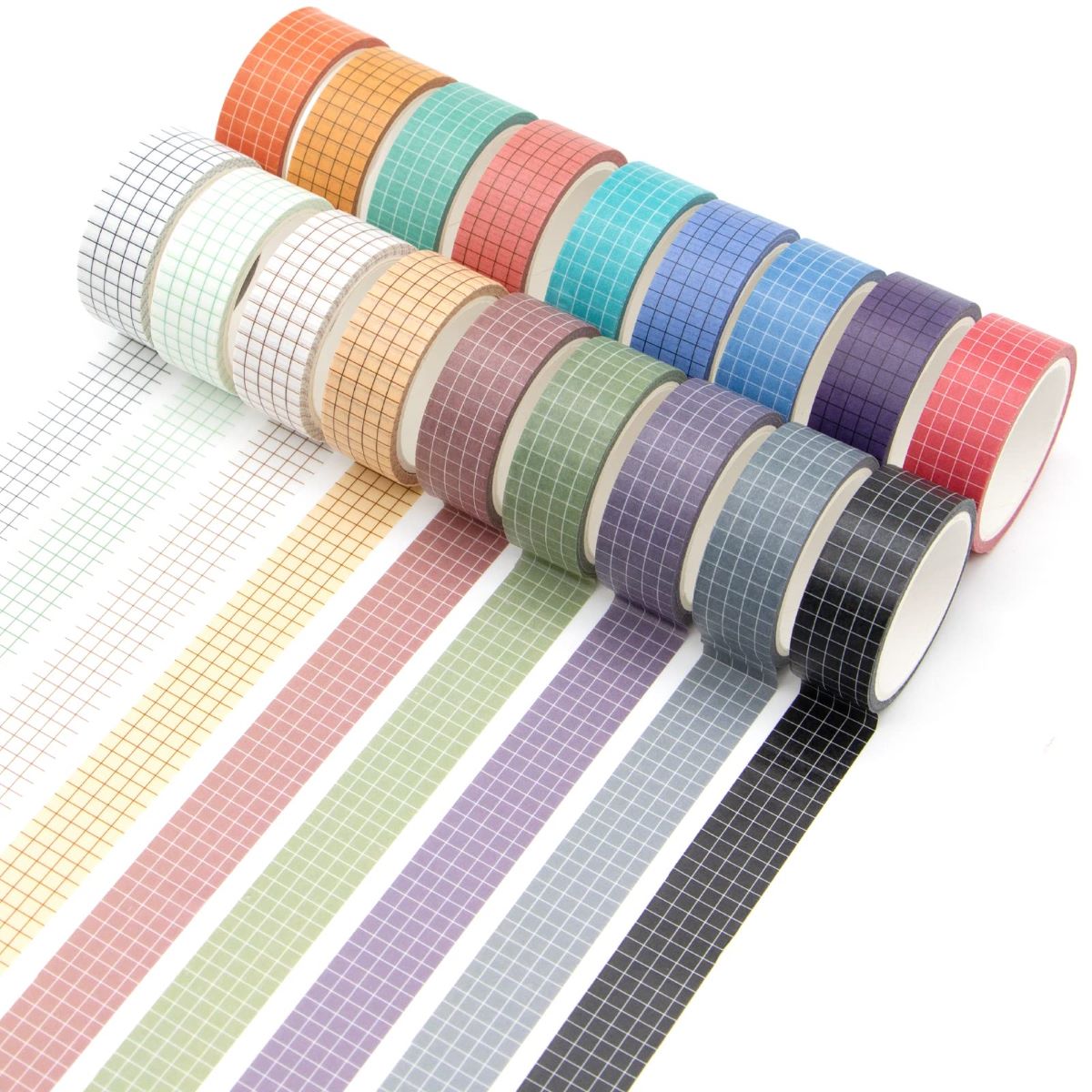
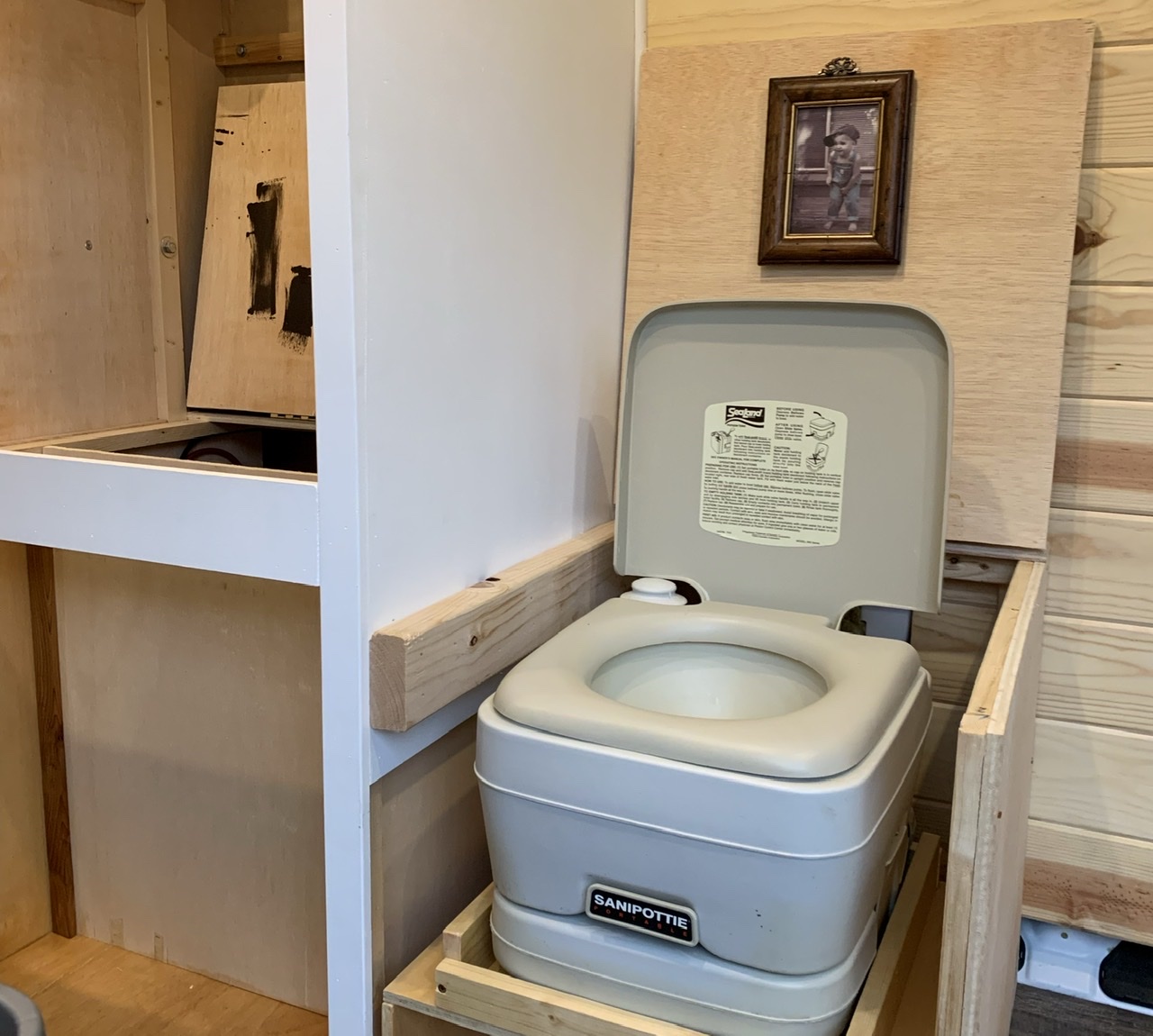
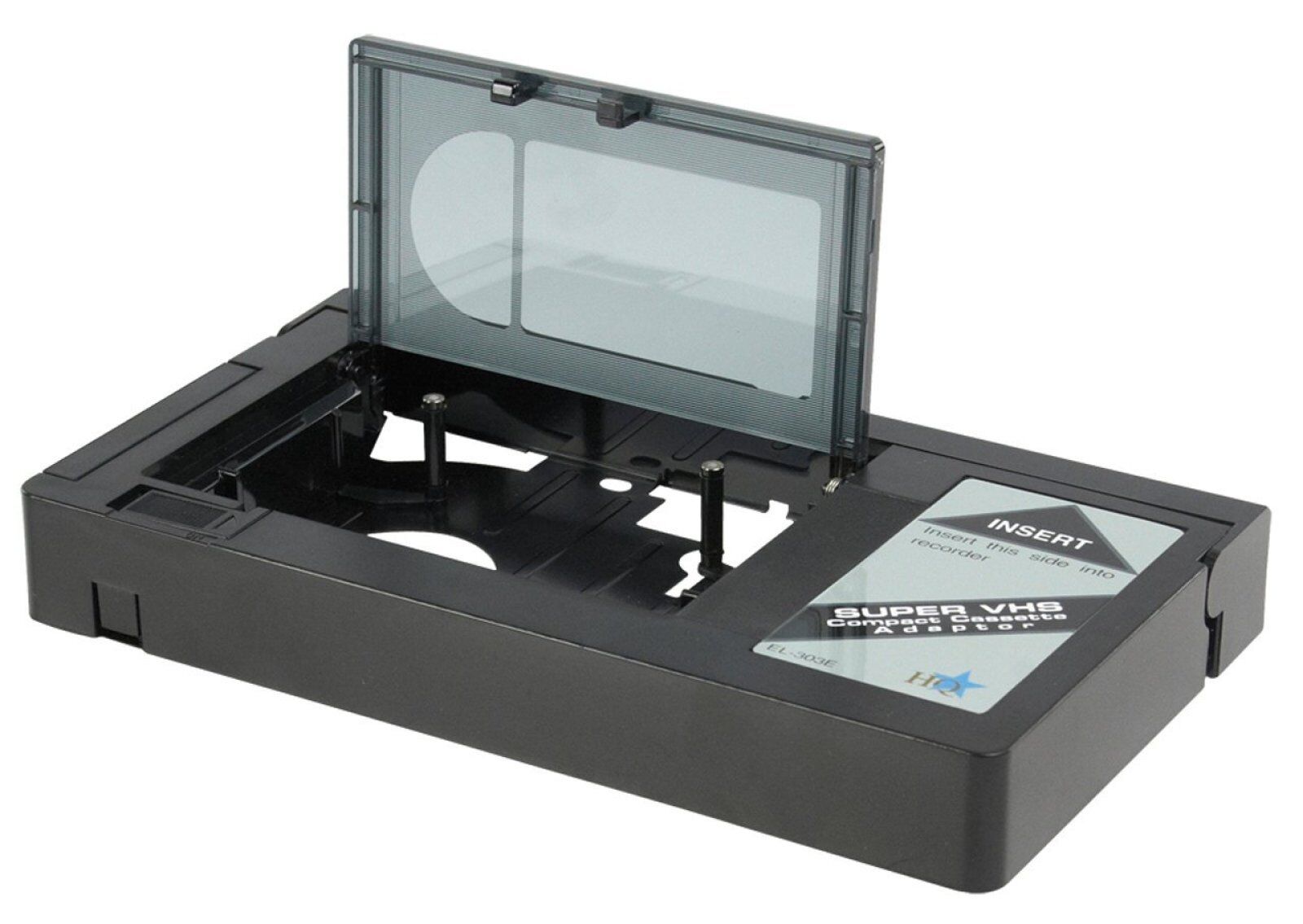
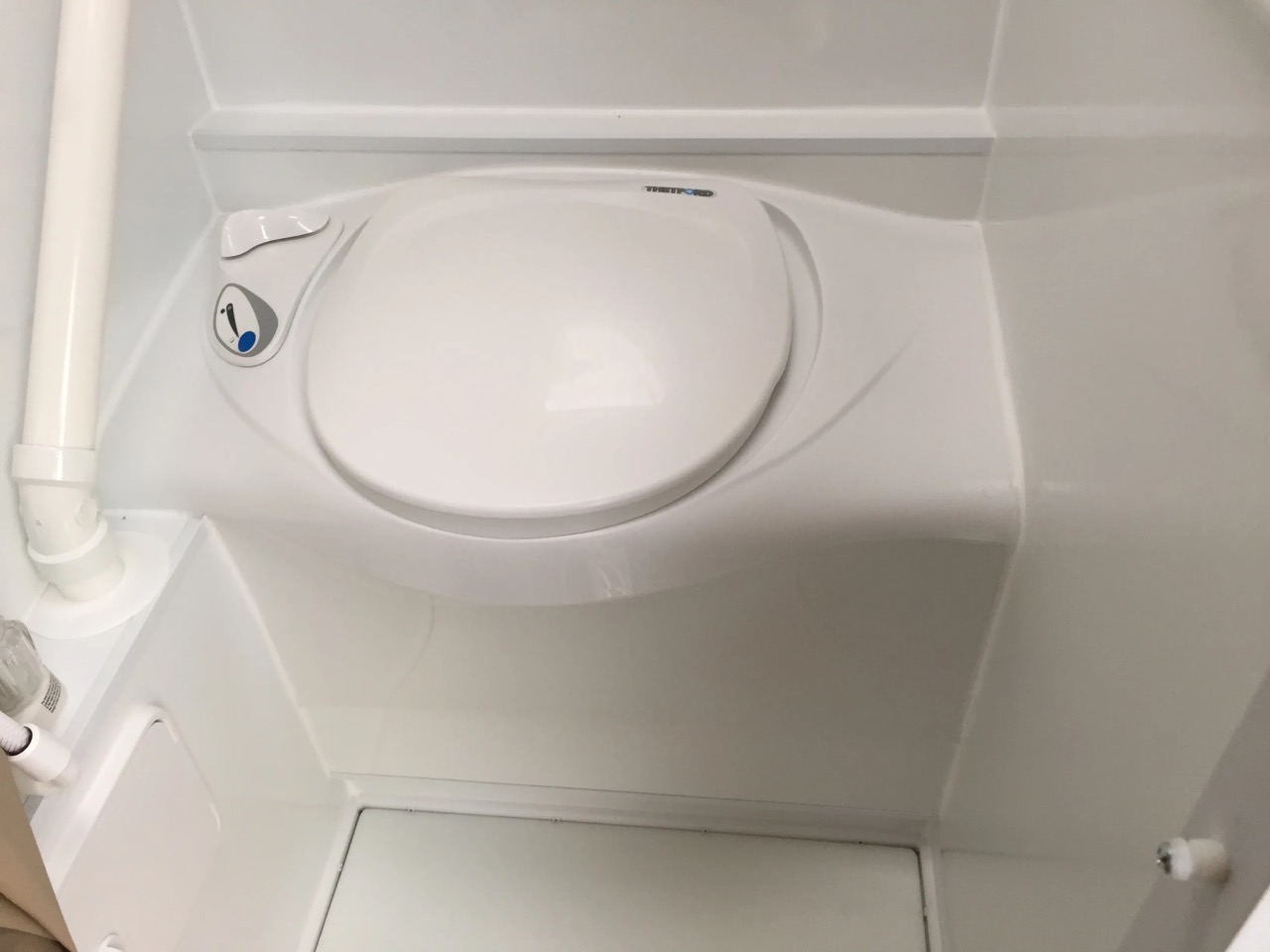

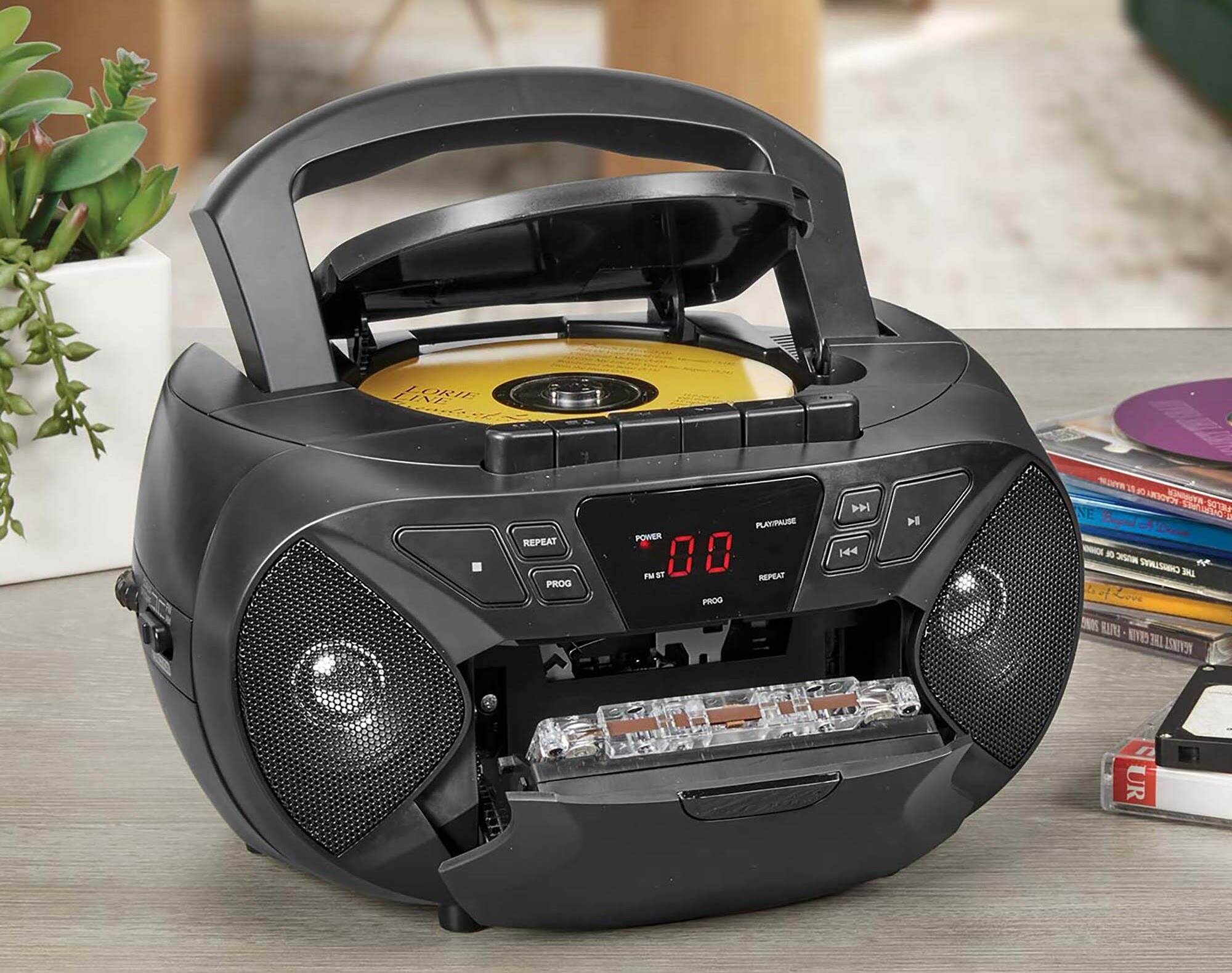
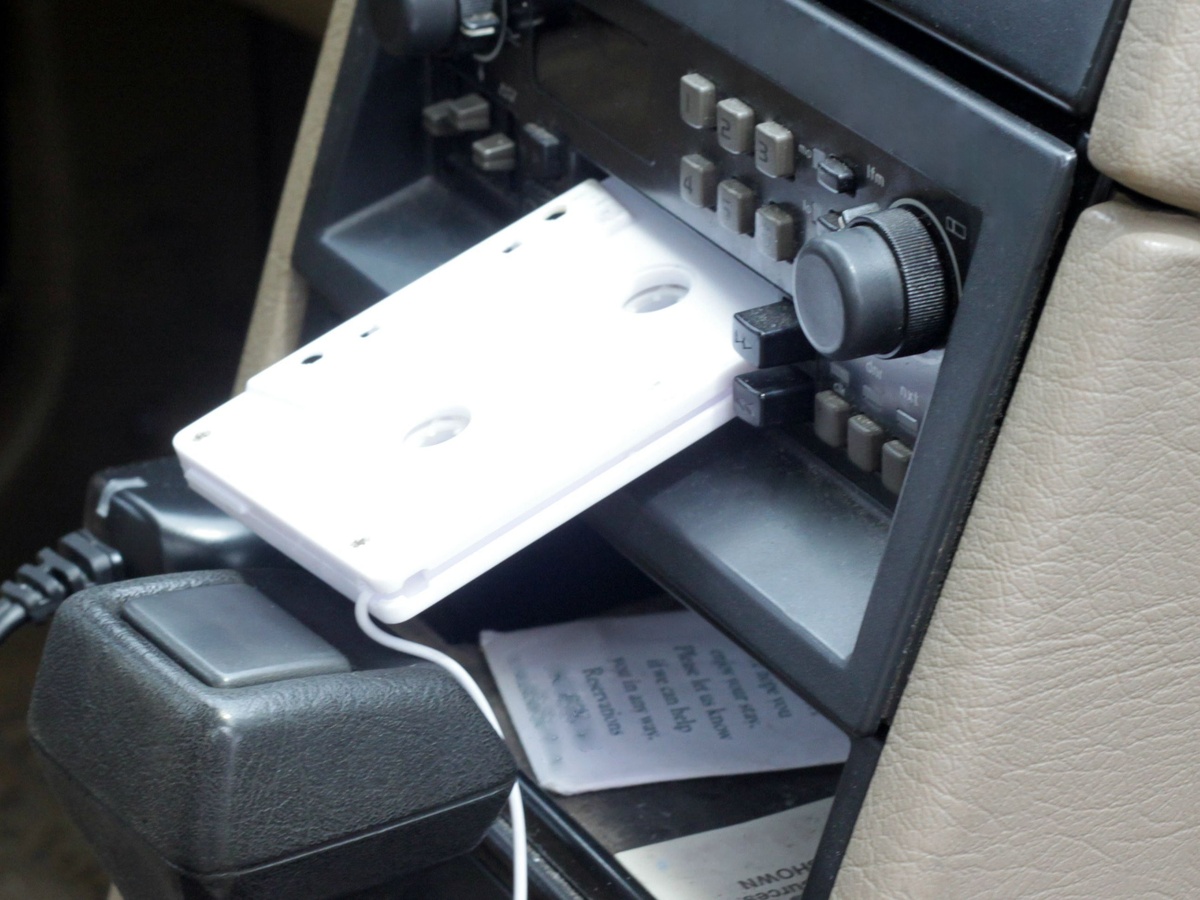
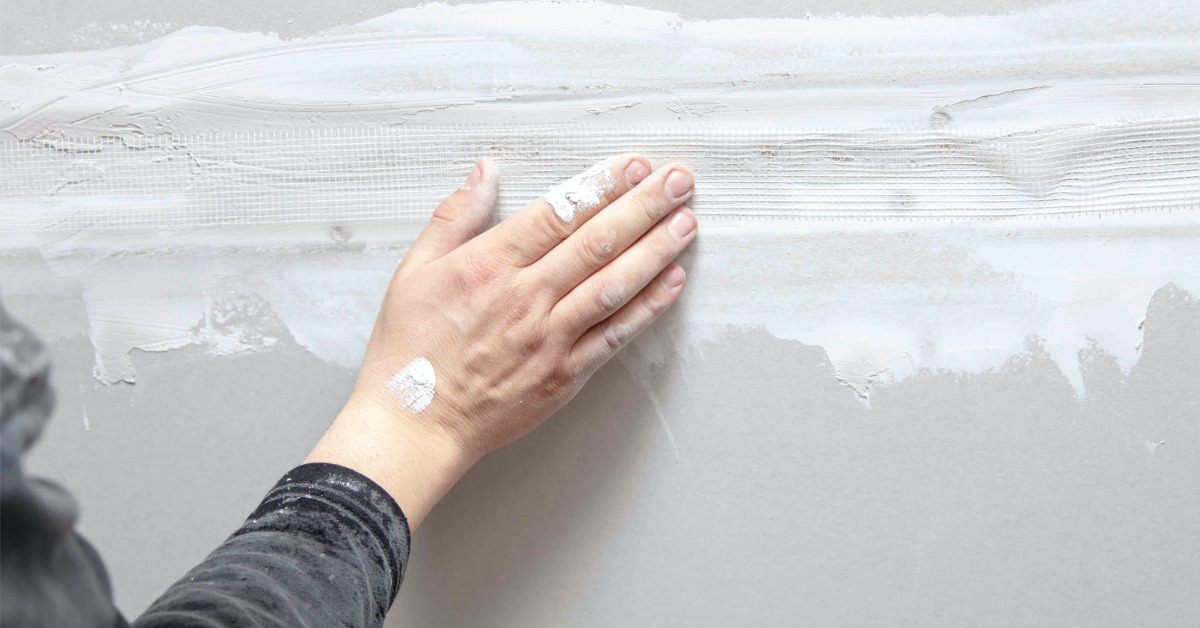
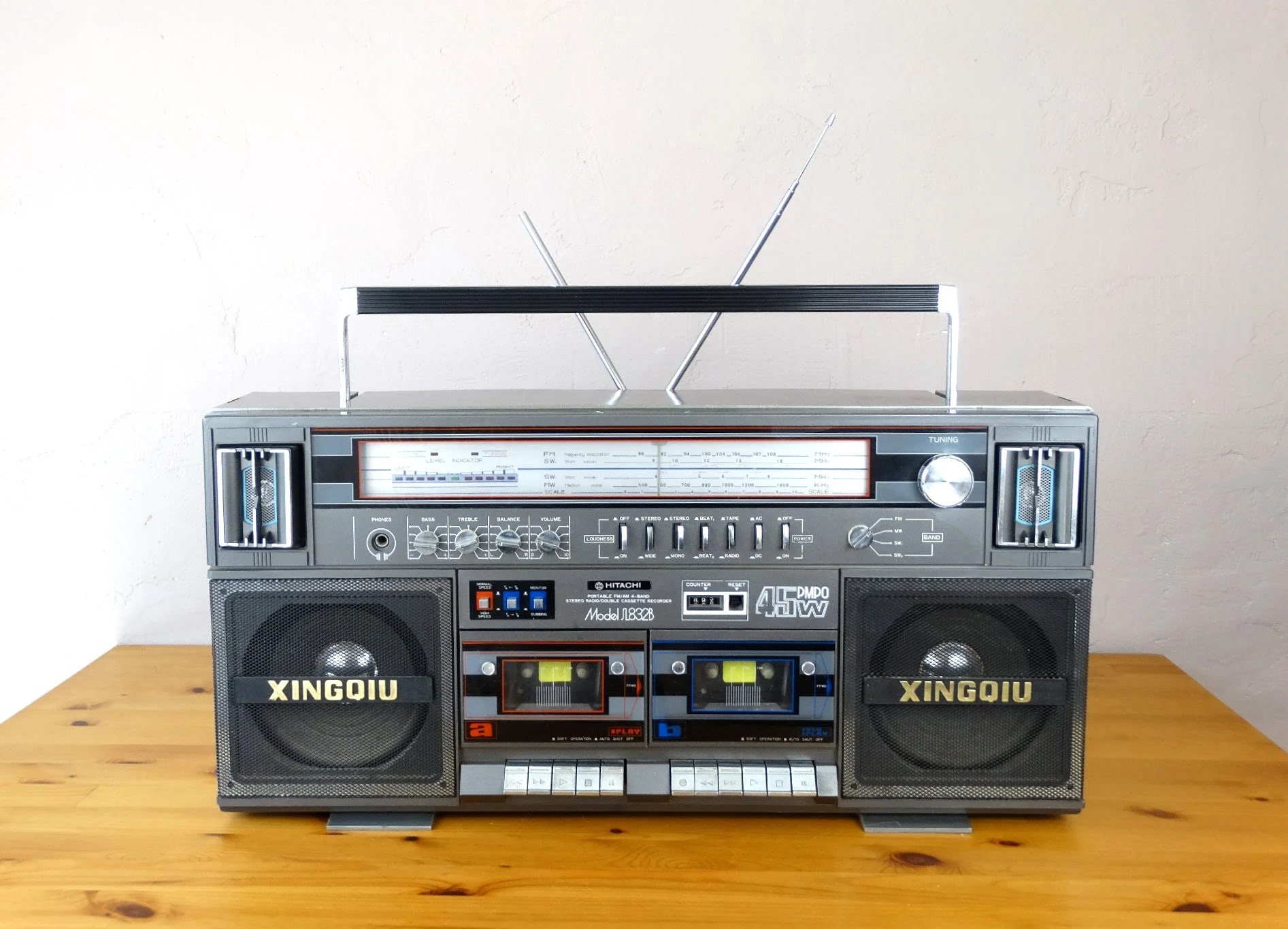
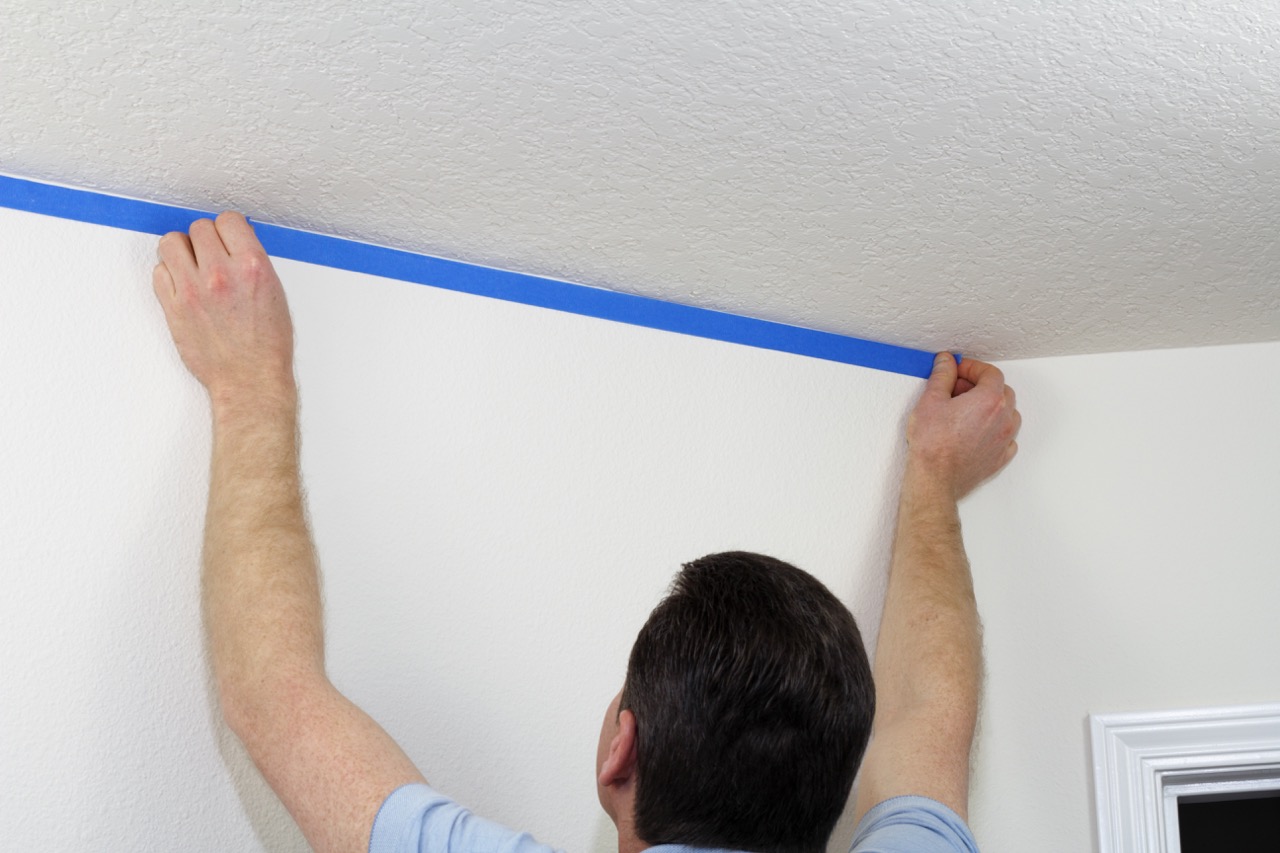
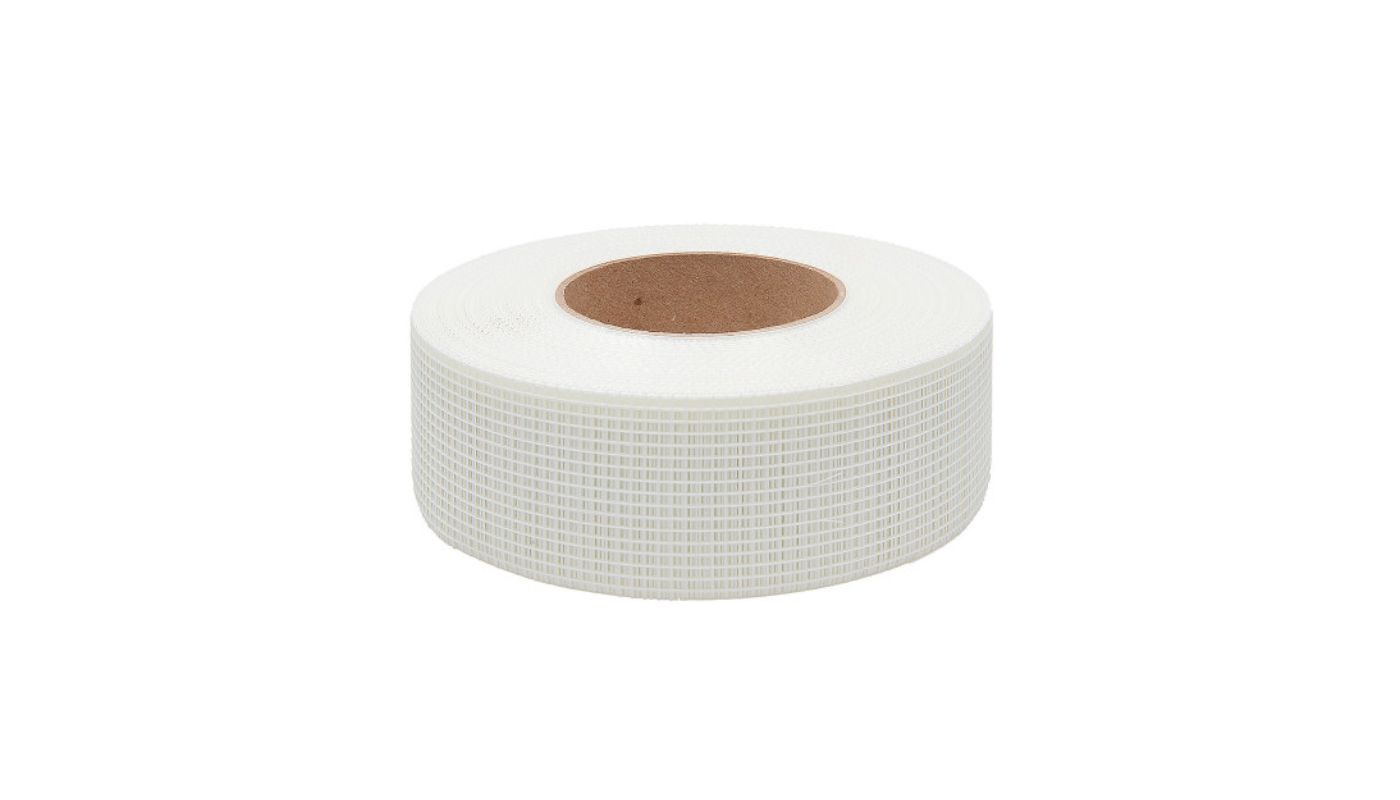
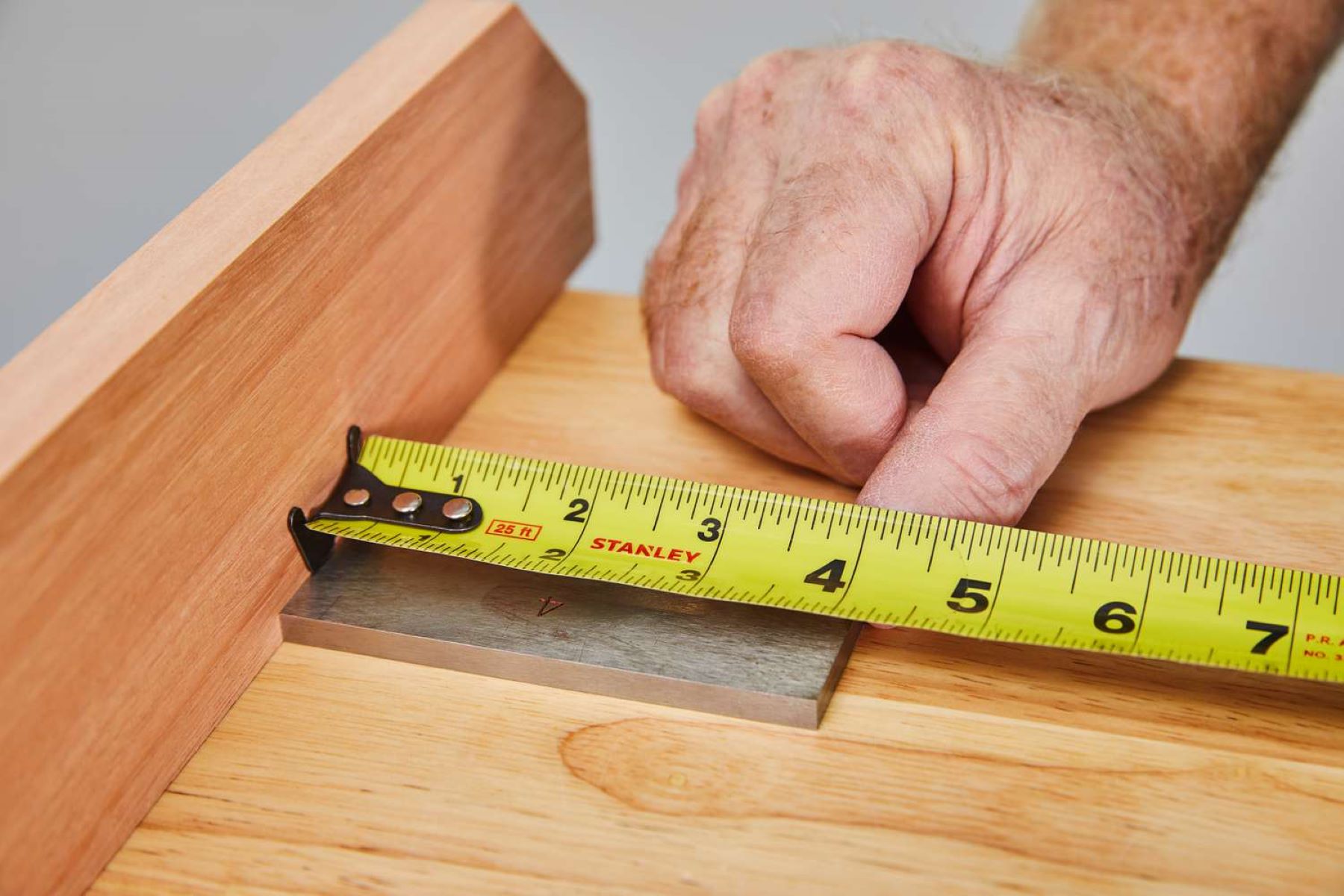

0 thoughts on “How To Store Cassette Tapes”